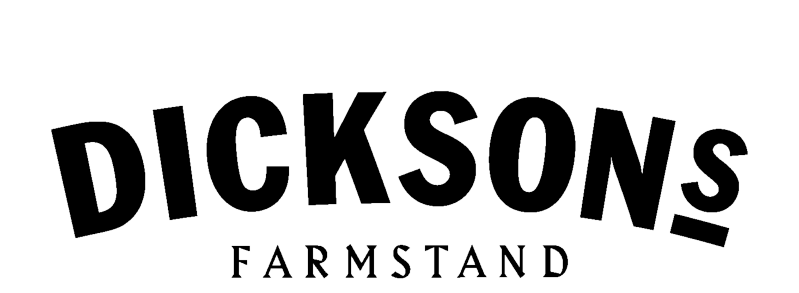Dry Aging – Why Does Old Meat Taste Better?
By jacob dickson
Dry aging is the process where an entire animal carcass or primal cut (whole rib or loin), without any type of covering on it, is placed in a refrigerated room at a specific temperature, humidity, and air velocity for 7-21 days.
During this process a crust forms on the outside of them eat, similar in texture to beef jerky. This layer is trimmed away after aging, leaving steaks that are superior in tenderness and flavor. During the dry aging process, the juices are reabsorbed into the meat, enhancing the flavor and tenderizing the steaks.
Forty years ago, most of our beef was dry aged. Yet in the early 1960’s the process of vacuum packing beef right after slaughter became the norm.
The advantage of this process was that processors could “wet age” the beef in the bag and not lose any of the weight of the beef due to evaporation and trim. During wet aging, the meat sits in its own juices causing the beef to have a wet, metallic taste. But wet aging was much more cost-effective for processors. As they changed over, consumers tastes followed — slowly, the consumer forgot what the real taste of steak was.
Currently 90% of the beef consumed in this country is wet aged. And nearly all dry aged beef that is available is only the premium cuts (Loin and Rib section). The image of Rocky in the meat cooler is pretty much myth at this point.
All of Dickson’s Farmstand meats are dry aged as full carcasses. Even your ground beef benefits from the wonderful process of dry aging.

0 comments